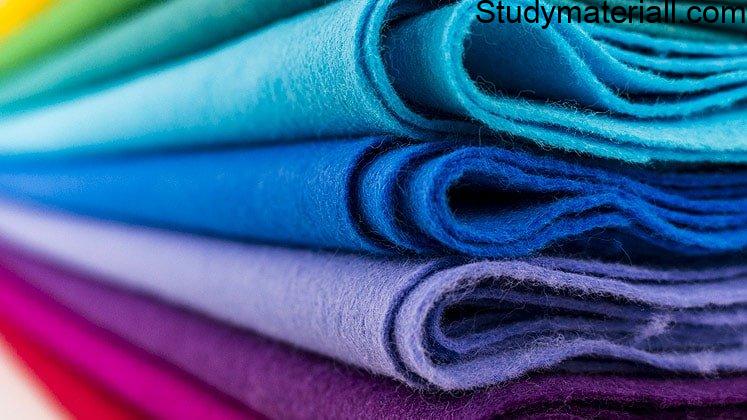POLYESTER:
Polyester is sometimes referred to as the “workhorse” fiber of the industry. The filament form of the fiber has been said to be the most versatile fiber and the staple form has been called the “big mixer” because it can be blended with so many other fibers, contributing its good properties to the blend without destroying the desirable properties of the other fiber. Its versatility in blending is one of the unique advantage of polyester.

The polyester have probably undergone more research and development work than any other fiber. One of the important physical changes has been that of changing from the standard round shape to a trilobal cross-section that gives the fiber silk-like properties. A chemical modification, high tenacity staple, was developed for use in durable press fabrics. The strength of the polyester reinforces the cotton fibers, which are weakened by the finishing process.
Manufacturing:
Polyesters are made by reacting a dihydric alcohol with a dicarboxylic acid. The generic definition was modified in 1973 so that no specific acid is identified; thus the definition can cover a variety of polyesters. As the acid and alcohol are polymerized, they are extruded from the polymerizing vessel in the form of a ribbon. This ribbon is cut into small chips; the chips are diced and conveyed to a hopper from which they are fed to the melt spinning tank.

The hot solution is forced through spinnerets, and solidifies into fiber form on contact with cool air. It is stretched while hot, the stretching contributes strength to the fiber and controls elongation characteristics. The greater the amount of molecular orientation obtained during this strengthening step, the stronger the fiber and the lower the elongation.



